 Open Access
Open Access
ARTICLE
Improved Network Validity Using Various Soft Computing Techniques
Anna University, Regional Campus, Coimbatore, 641046, Tamil Nadu, India
* Corresponding Author: M. Yuvaraju. Email:
Intelligent Automation & Soft Computing 2023, 36(2), 1465-1477. https://doi.org/10.32604/iasc.2023.032417
Received 17 May 2022; Accepted 22 June 2022; Issue published 05 January 2023
Abstract
Nowadays, when a life span of sensor nodes are threatened by the shortage of energy available for communication, sink mobility is an excellent technique for increasing its lifespan. When communicating via a WSN, the use of nodes as a transmission method eliminates the need for a physical medium. Sink mobility in a dynamic network topology presents a problem for sensor nodes that have reserved resources. Unless the route is revised and changed to reflect the location of the mobile sink location, it will be inefficient for delivering data effectively. In the clustering strategy, nodes are grouped together to improve communication, and the cluster head receives data from compactable nodes. The sink receives the aggregated data from the head. The cluster head is the central node in the conventional technique. A single node uses more energy than a node that is routed to a dead node. Increasing the number of people using a route shortens its lifespan. The proposed work demonstrates the effectiveness with which sensor node paths can be modified at a lower cost by utilising the virtual grid. The best routes are maintained mostly by sink node communication on routes based on dynamic route adjustment (VGDRA). Only specific nodes are acquired to re-align data supply to the mobile sink in accordance with new paradigms of route reconstruction. According to the results, VGDRA schemes have a longer life span because of the reduced number of loops.Keywords
In a network known as wireless sensor network (WSN), coordinates are needed to accomplish a specific purpose. When it comes to handling external characteristics (pressure, humidity, and temperature), these nodes are extremely effective. Sensor nodes provide the functions of transmitting, sensing, and aggregating data.
Traditional network topologies need batteries to run and are constantly monitored; reports are sent to a node known as a sink node for analytical purposes, which is referred to as a sink node. In the military and medical fields, WSN are used extensively (Shah et al., 2003). Node deployment, reliability, energy consumption, and fault tolerance are all problems the WSN faces in crisis management, despite its importance (Gandham et al., 2003). In order to maintain good communication over the long term, the network must be able to store and transmit energy efficiently.
An occurrence of a hole at the sink is caused by WSN nodes showing n-to-1 communication to that sink, which is static. Balanced nodes allow for reduced energy consumption and also allow for connecting isolated network segments that are held by sink mobilisation. Routing and clustering solutions are being developed to make the network more bearable. The European Space Agency (ESA) uses orbital swarming tactics for self-gathering and interferometer purposes.
As in a real-time situation like a battlefield or a natural disaster, sink mobility is critical in order to locate any survivors using a Portable Data Device (PDA). There are a number of sensor nodes installed at various locations in the Intelligent Transportation System (ITS), such as parking areas and land-sliding prone areas, to provide the mobile sink with an early warning system. The mobility of the sink is exploited to extend the life of the networks by addressing the energy hole problem.
A dynamic topology is created when the sink location is constantly shifting [1] (Francesco et al., 2003). In order to ensure data delivery efficiency, the sink node most current and most recent location are constantly checked. Retransmission and collisions generated by periodic floods in the sensor field by frequent topological updates are shown by the data propagation protocols. Frequent sink mobility updates should be reduced to eliminate energy waste at field nodes, leading to energy savings. The ideal way to reduce the cost of communication between sensor nodes and the mobile sink is to use a virtual infrastructure that is superimposed on a physical network (Hamida et al., 2008).
When the sink is unavailable, they gather the observed data from the node and its surroundings and send it to the mobile sink proactively [2]. VGDRA is a highly successful method for obtaining data from wireless sensor networks. In order to maximise data delivery and energy consumption, several sinks or super nodes are placed in the sensor field, where the present findings are improved.
An ideal path, which reduces network overhead, is used to keep the most recent locations of the mobile sink sensor node. In this way, the cell header serves as a virtual backbone to divide the network into equal-sized virtual grids. Mobile group virtual backbone, the cell nodes, collects data from other members on the header and sends it over the network to the cell nodes. Route re-adjustment costs due to the sink mobility can be reduced by using routing orders since the information received is provided to the sink node in an energy-efficient manner.
The architecture of the route re-adjustment includes policies for surviving in the event of sink mobility. When the VGDRA positions the communication routes, the delay and energy cost are significantly decreased while the sink node retains communication. Using VGDRA, only a portion of the cluster header is used to re-adjust routes in this work. To limit the number of contact-free interruptions caused by other nodes, you must locate the mobile sink most recent location.
The sink sensor field pattern is used to classify the data into uncontrolled and regulated sink mobility schemes. The next step is made quite autonomously in the uncontrolled sink depending on the lifetime of the quicker node response. An external observer can be made to move faster or in a different direction when the movement of the control sink sinks at a particular point. The following review of the literature provides a succinct explanation of the relevant methodologies, including their benefits and drawbacks.
A study by Gong et al. (2013) [3] shows the head is assigned to the virtual circle and line that make up this system. A collection of virtual backbone networks makes up the cluster head. When a considerable amount of data collection is concentrated at the cluster head, you can use the Senor field to communicate. VCCSR uses a set of communication rules to reduce route rerouting costs and spread sink location information to the most recent information. The benefit of VCCSR is that it decreases the expense of route re-adjustment and manages the sink mobility. As soon as the cluster head is restarted, the cluster energy reduces back to where it was at a very early stage.
Erman et al. (2012) [4] explore the hexagonal grid construction called Hexagonal Cell-Based Data Dissemination (HEXDD). When it comes to real-time data release and the sink dynamic movement, the aforementioned is the best solution. In the event that the mobile sink node data searches advance forward and reach the border line nodes with relevant data, they will amplify the path taken by the sink data queries as they move to the centre cell. It is the responsibility of the centre nodes and border nodes to keep track of the sink passage from one cell to another and the final destination it reaches. As the speed of the sink increases, so does the amount of energy required.
A new virtual infrastructure has been proposed by Oh et al. (2010) that reveals data through a 1-level multi-hop service. All CH (Cluster Head) nodes will sink to their existing state if a sufficient number of these clusters are reduced. Please see et al. for information on the cluster. The terminal priority has been filed with the remaining energy levels in the CH node selection case [5]. Sink conditions are monitored by observing tree roots. The current root location and the updated host CH node are sunk. Monitor the location and notify the root of it in a sink cluster.
After joining a new cluster, the sink selects an agent node and requests data from the newly installed CH node. A major drawback of multi-hop aggregation is that the root node loses control over the network, making it more likely that early energy loss and shorter network lifetime will result. An imaginary line runs through the middle of sensors, and in Multiple Enhanced Specified–Deployed subsinks (MES) et al., subsinks are spaced evenly apart to provide more storage capacity (2012). It was proposed by Mir et al. (2006) that a data dissemination system based on a quad tree (QDD) be used. When a node detects an event, it calculates the Rendezvous Points (RPs). Quadrants divide the network space into distinct sections [6]. Queries are propagated by the sink in this case, first querying the nearest node (closest RP) before moving on to the next closest node (next RP). Static node placement introduces network instability by repeating RP nodes.
Two-tier data distribution (TTDD) is a consistent source node that creates a virtual grid that covers the entire sensor field (Luo et al. 2005) [7]. The mobile sink is flooding the local grid cell with data and query packets, which use the virtual grid points to reach the source node. Because the strategy prevents the flooding of mobile sink updates on topological changes for each virtual grid construction, the network lifespan is likewise significantly decreased here.
A Geographical Cellular-like Architecture (GCA) is used to deal with sink mobility, and it a virtual structure in the shape of a hexagon. In a cell, a node designated as a header node serves as the primary point of contact for all other nodes. Queries and data gathering are done through the header nodes. When mobility is present in the sink, the old header and the new header communicate with each other to share information about the route. There is an increase in latency and packet loss with this strategy.
It the work of Buttyan and others (2010) [8]. When it comes to hierarchical set-based data dissemination, the mobile sink cluster head (HCDD) is a hierarchical cluster architecture and routing agent. Medicines and information on the sink placement are among these items. The cluster head data is collected by routing agents. All other route agents will be informed of the sink current location as soon as it is detected. Due to the great mobility of the sink, this approach has a large energy loss. High latency is caused by a faulty data route.
By doing a literature review, the challenge in each scheme can be assessed in terms of geographic facts, cost and control overheads, and time restrictions by assessing the literature. Based on the parameters above and the amount of energy consumed, the virtual infrastructure is built and packets are routed in response to queries [9] Razak (2012).
To increase the speed of data distribution, sinks are often updated to their current location, which consumes energy [10]. According to our suggested work, a virtual grid-based dynamic route adjustment and a genetic algorithm will be used to reduce energy consumption while nodes communicate and improve data delivery [11]. Wireless Sensor Network (WSN) applications will benefit from this approach because of its light weight [12,13] and energy-efficient route adjustment processes that are more efficient than those of prior efforts [14,15].
Transmission in the wireless sensor network consumes more energy than the actual process of transmitting data. As a result, it is imperative that the network energy supply be facilitated, as each node has a finite quantity of energy to operate with. There must be a precise path and the amount of power needed in order to maximise efficiency. According to a literature review, the cluster head (CH) is the central node that maintains the waste of energy. Due to CH performance, the path and the modification of the cluster head are fixed. As a result of this problem, the WSN node energy consumption and lifespan are reduced. The WSN sensor network is aimed at addressing the aforementioned issues by reducing energy waste and lengthening the useful life of the planned work.
Construction of the virtual infrastructure and upkeep of the sink node path are both covered in detail in this part of the VGDRA design. The sensor field virtual grid is separated into equal halves Fig. 1.
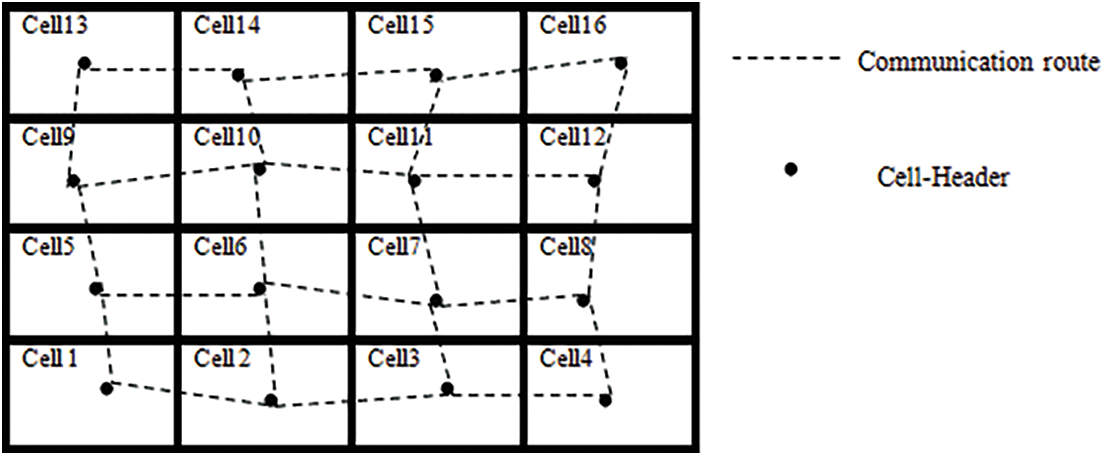
Figure 1: Virtual backbone structure
A person or object in the cell heading corridor, a single creditor, has been allotted a new location for a mobile sink. Before upgrading the CH, re-adjust the node.
Dividing the workload on CH nodes in the VGDRA scheme results in the network life span being extended. Cell-headers are then plotted using the VGDRA scheme, starting with a cell that is relatively close to the field centre. Only cells with a set distance to the centre point are considered for cell-header selection. Increasing the threshold distance if there is no node at the centre point greatly reduces energy consumption.
The CH communicates its state to the neighbouring node in the cells as well as to cells that are just outside the boundaryCH notifications can be received by the sensors in the sensor field if the nearest one is connected. As well as the primary CH information, it also contains secondary CH data.
The next cell header is communicated with using the gate node, as shown in Figs. 2 and 3. As soon as the cell header is set to the sink initial position and coordinates (0, 0), the next contact path is set. Head cell, and move the mobile sink to the current beginning path.
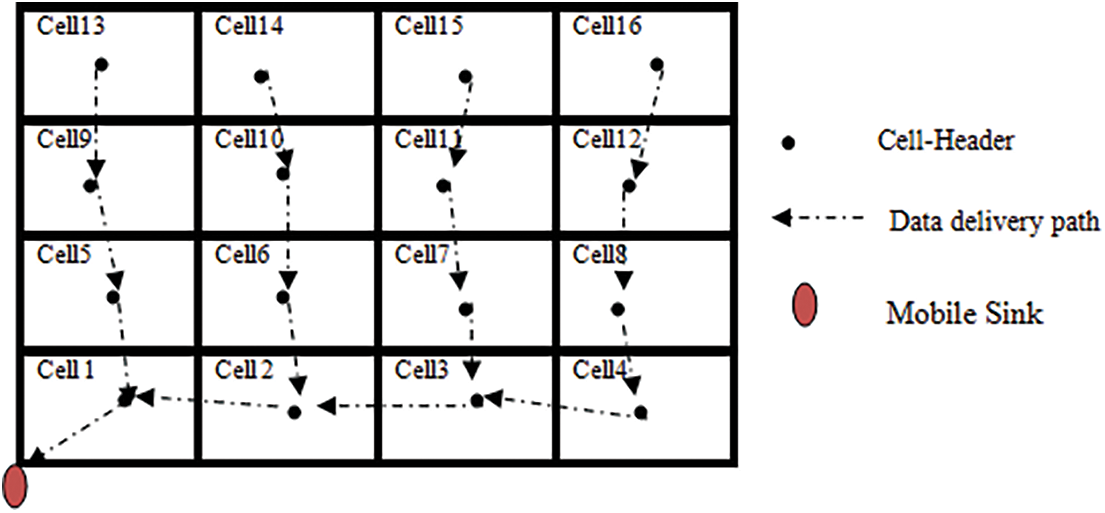
Figure 2: Structure after initial rout
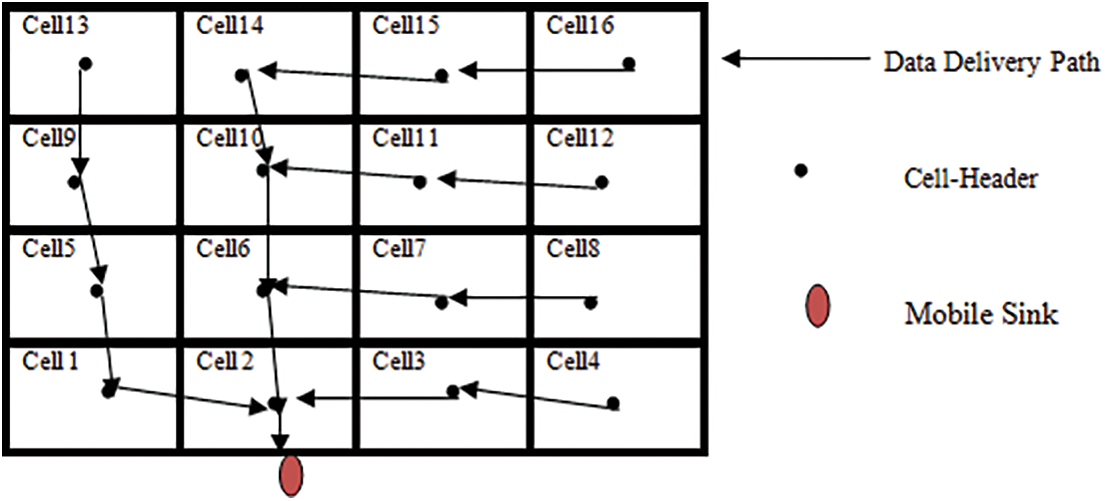
Figure 3: Routes altered after sink movement
It is seen in Fig. 4 that the virtual structure has been separated into 16 cells following the route setup.
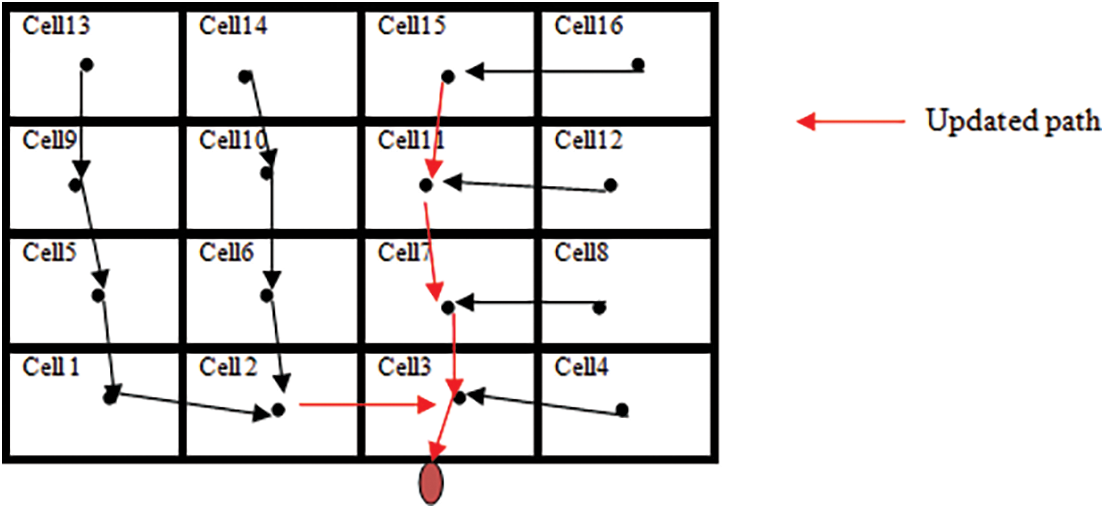
Figure 4: Routes re-adjustments update to current location
As a result of the sink mobility, the network topology changes often, causing the data delivery routes for nodes in the sensor field to be reset. Using the VGDRA technique, mobile sinks and cell headers in the sensor field can be linked together to build a virtual backbone. As the sink moves around the sensor field, the cell header collects all of the sensor data. Cell headers are informed of a sink at the border when the CH discovers it. Propagating changes to the route is governed by a set of rules.
During propagation, the rules listed below were seen to be followed.
Number 1: There are a number of things to keep in mind when a cell header discovers a mobile sink. In this case, the number 2 law is implemented.
Number 2: As a result of this, the cell header is prefixed to the next adjacent cell when the mobile synchronisation information is propagated from the mobile sink to a tab.
Number 3: Setting the current CH, updating the current CH data delivery path, and retrieving the next hop etc. are all part of the sink synchronisation process.
Number 4: However, the downstream path continues to change the state of the hops through various CH synchronizations, headers, latest status, and hop updates.
There is a change in the number of cells from 2 to 3, and that change causes the cell-header to be updated in cell 3 in accordance with the number 3 and number 2 laws. No. 4 laws are likewise followed by the downstream CH.
Fig. 5 shows that only a few cell headers are involved in the route re-arrangement technique shown in the previous demonstration. This lowers the network optimum cost.
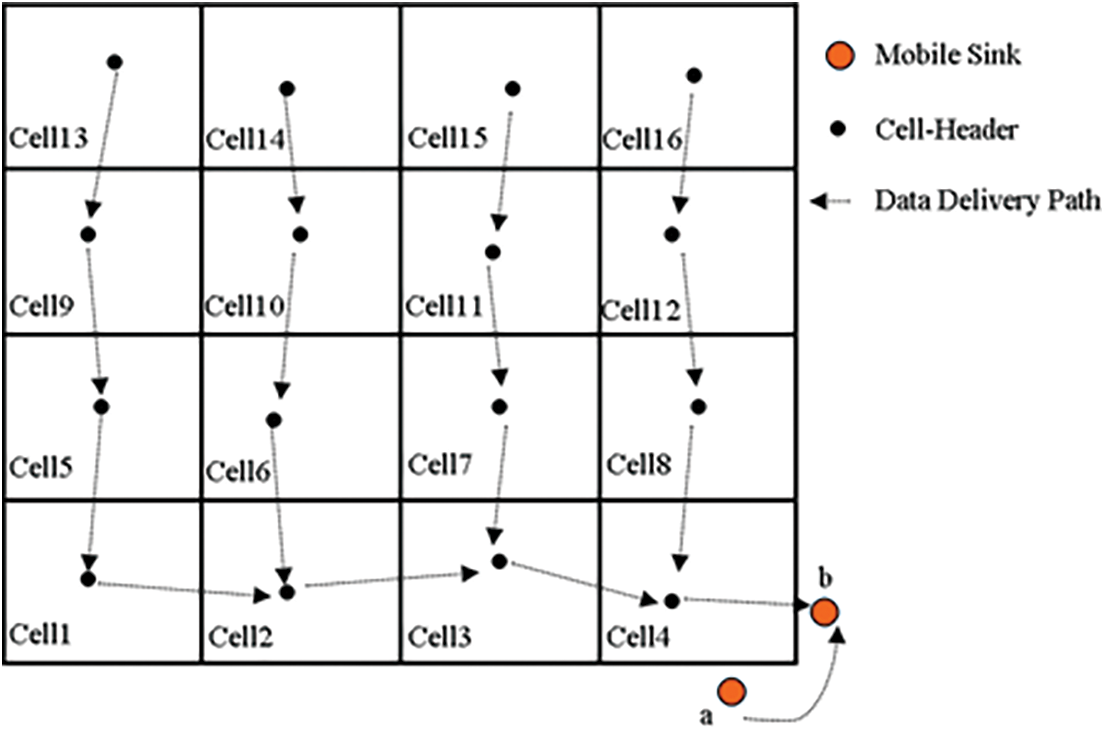
Figure 5: Avert the undesired dissemination of sink location update
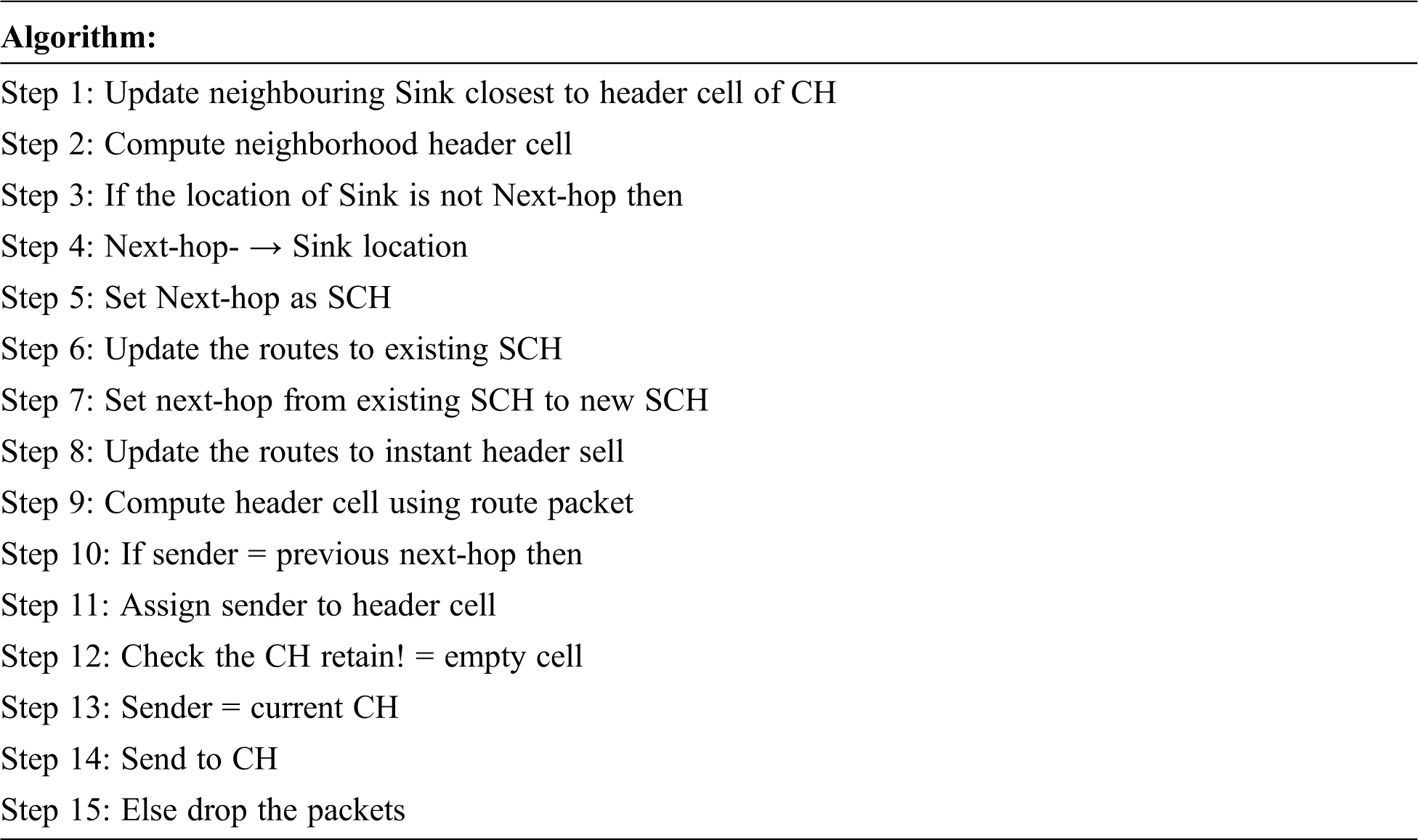
The cell-header is rotated within the cell in the proposed VGDRA scheme. During data collection, energy may be depleted, and the network lifespan is also at risk. Distributing the cell header function among the nodes is the only way to fix this issue. The cell header follows the current header energy consumption compared to a predetermined threshold in the VGDRA scheme.
The current CH is adamant in its choice of a new CH. There is a higher level of energy in the nodules closer to the midpoint than in the new cell headers elected. After an election process fails to find a node, threshold values are lowered until a new one is found. Using a virtual backbone structure, the information can be shared among all member nodes and cell headers in the vicinity of the new header.
4.3 Genetic Algorithm with VGDRA
Nodes perish early in WSNs because of energy depletion. The Virtual Grid and Genetic Algorithm are combined in the suggested study. Four different philosophies are available: a) selective, b) evaluation, c) crossover, and d) mutation.
The first step is to divide the region into equal-sized blocks using a virtual grid. A genetic algorithm, which provides input, can be used to determine population size and the maximum number of iterations. The function fitness for various iterations is evaluated, and the most efficient path is determined. Using the clusters, nodes are picked and a new path is formed. All of these factors are taken into account throughout the course to determine the overall amount of energy needed to get from one point to another. If the end-outcome response is greater than the fitness of the new population, it is analysed. When the crossover is used, its maximum is saved if it was at its maximum during the initial step. If the cross-output over is outside the initial fitness range, a mutation is applied. Using a roulette wheel, the crossover analyses the crossover output (Cout). If the cout is greater than the baseline fitness, the mutation is used.
Mutation fitness and distance are evaluated to ensure that the mutation output is in the highest possible range. In this case, if the output is high, then store it or select the initial population. Steps 1 and 2 are followed by iteration, energy utilities named Energy Consumption for Transmitter (etx) and Energy Consumption for Receiver (erx), packet size, data energy aggregation, and the number of rounds. The best route is implemented in this phase.
The node energy is calculated, and the results demonstrate that the highest amounts of energy offer the best outcomes. Dissipated energy is believed to be a dead node, while energy that remains after dissipation is thought to be a survival node.
NS-2 is used for simulation analysis, with a topology in dynamic mode constructed using particular location parameters and a coverage area of 200 m2. The mobile sink moves counter-clockwise and broadcasts hello packets every few seconds.
Cell-header energy consumption is an important consideration for the cost of virtual backbone structure construction, as shown in Fig. 6. The average node energy consumption and the cost of creating the virtual backbone are compared to prior systems for different network sizes. The CH in the VCCSR are pre-configured for various network sizes. The selection of the Cluster heading involves a large number of nodes. The BVI network energy level information residue is shared by all nodes, incurring certain communication costs in the network clusters. There are no communication concerns to deal with in the HexDD because the processing is done on-site.
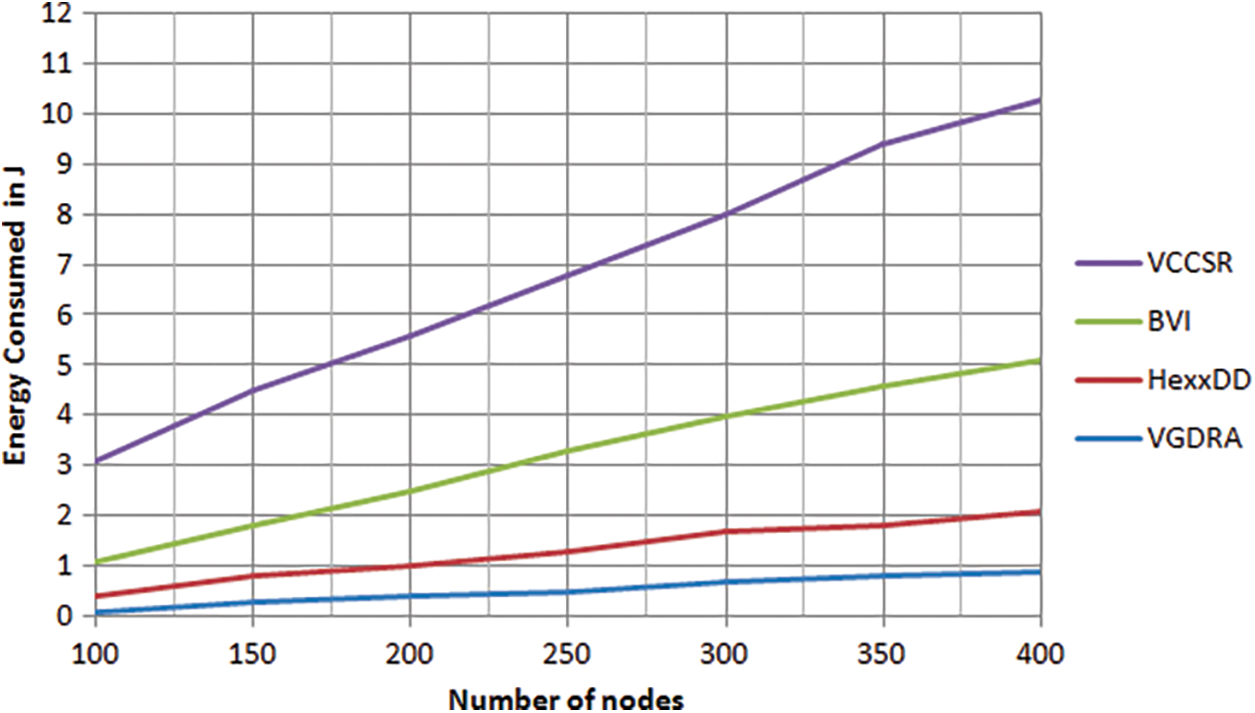
Figure 6: Comparison of cost
The sensor field node data migration path is represented by each circuit. Fig. 7 consumes less energy than other ways because of the current status of the VGDRA sink.
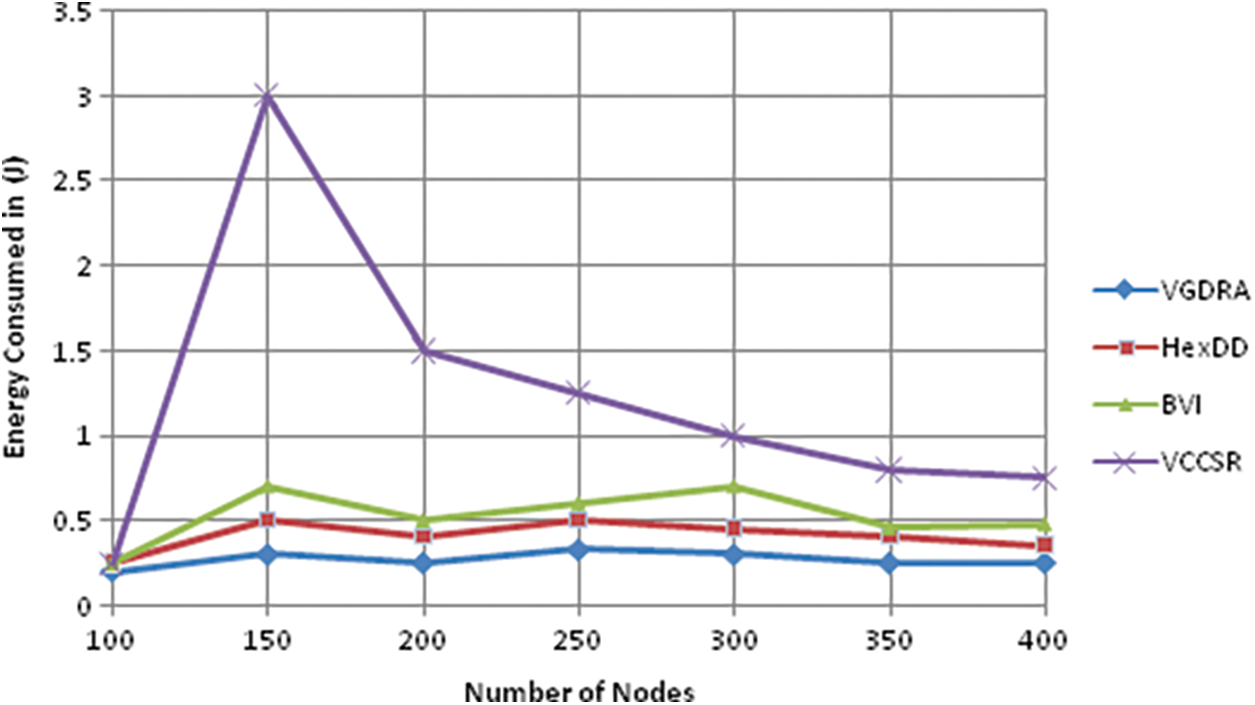
Figure 7: Routes after reconstruction
The VGDRA Contact policy on the most recent location of the mobile sink is updated in the best method, as shown in Figs. 6 and 7. You can engage in path reconstruction rather than going down the path when the circuit sinks only partially into the sensor field and partially completes the cell header.
Until the energy is freed, the dead node is periodically relogged between the original node and the nodes that are dispersed. The number of nodes in the mobile circular mobile sink surrounding the sensor field determines how much energy and how long the projection network will last. When constructing a sensor field in the VCCSR, CH is still under heavy stress, and it will lose energy more rapidly than other approaches. The presence of the HexDD network on the border of the sensor field is minimised in order to minimise all of the difficulties. In accordance with the cell remarkable energy, the BVI approach was chosen.
Maintaining life vitality requires that new topics Figs. 8 and 9 over time. The total number of cells in the VGDRA is used to demonstrate that the cell-free field represents a varied network size and represents a uniform network lifetime by utilising a genetic algorithm to divide the field.
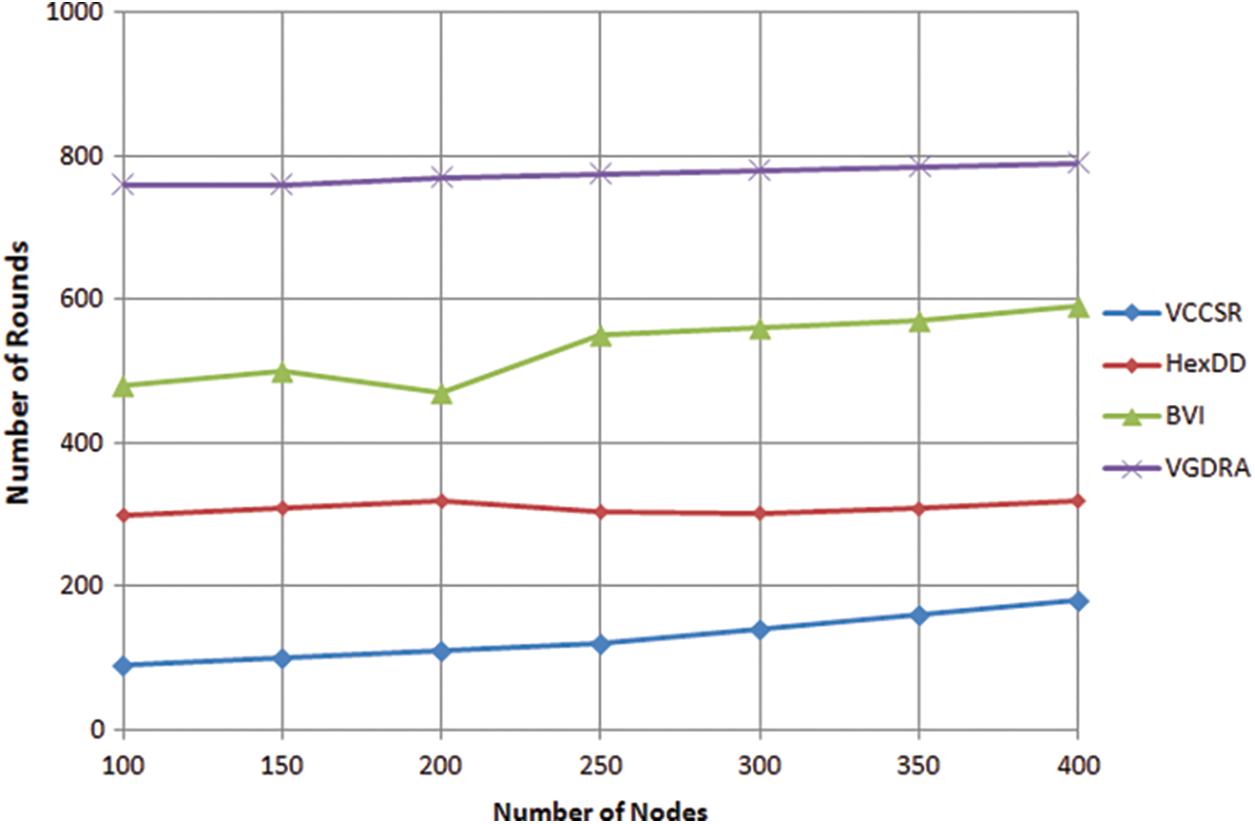
Figure 8: Illustration of network life time
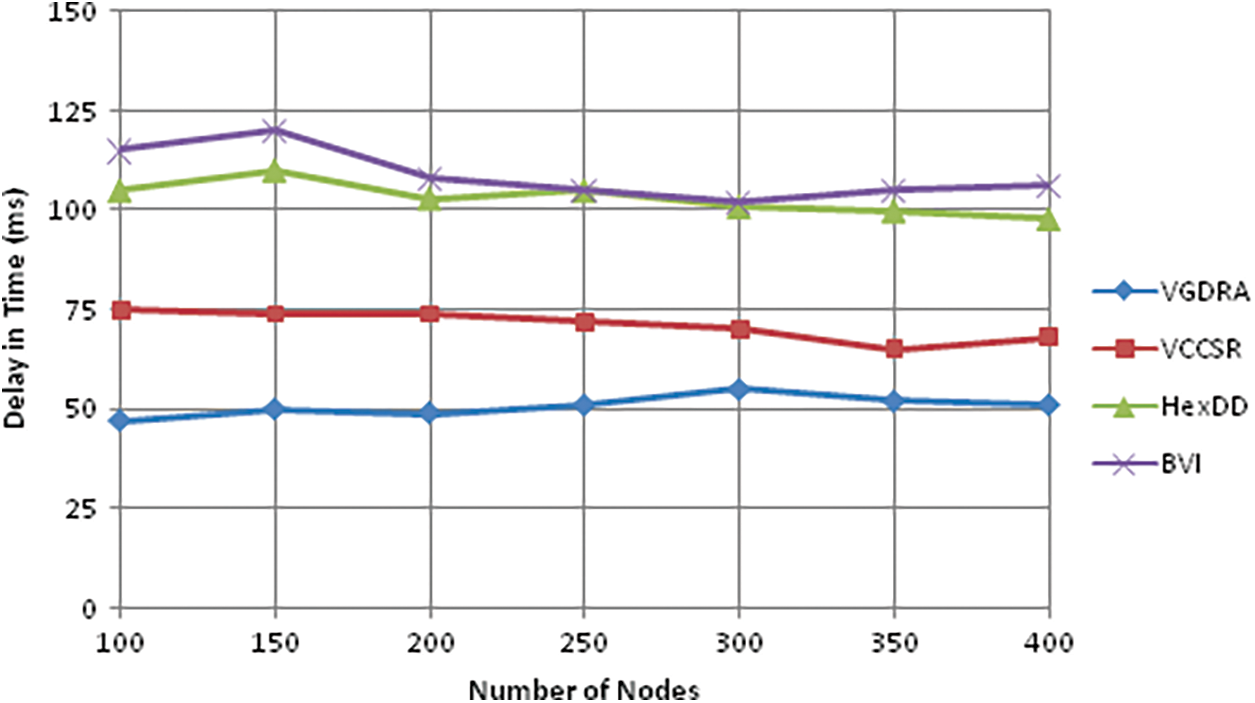
Figure 9: Life time of different coverage
What we know about the well final destination is based on how quickly nodes and data supply move and the speed at which they receive information. Turn on or off the status of a node location. Synchronization infrastructure that is virtualized. The status quoRefreshed node Data is disseminated back to the source after it has been verified. Node Whenever the sink node is informed of the sink current location, it performs better.
Fig. 9 shows how much faster the proposed work operates than existing method. Re-tuning routes and other information about the sink position and location are selected from a tiny portion of the same CH. It will be reduced to the level of a mobile sink in order to speed up the network demise.
Dynamic Path Adjustment for the Virtual Grid are used to collect data on a regular basis to increase energy efficiency, such as exchanging information. It obvious that the best route to the sensor node is to carry on to the site of the sink.
With the help of MATLAB simulation, a total of 180 nodes. All nodes in a block where data aggregation and data transfer are taking place must participate in the selection of a CH. The CH election is conducted using a genetic algorithm with no input on the network space, nodes, or location of the sink and source. The CH utilises the load balancing approach the parameter calculation for the end packet to reach its destination via CH communication among the CHs.
Figs. 10 and 11 show that there are no dead nodes at the beginning of the 3500 rounds (the maximum number of iterations), but as the energy depletes, the number of dead nodes grows. At 1800 iterations, it reaches the zero point. The first dead node appears after 700 rounds, while the final node appears after 1800 rounds. The comparison between our suggested protocol and hierarchical protocols like LEACH is complete. Data aggregation and base station transmission use less energy with this protocol.
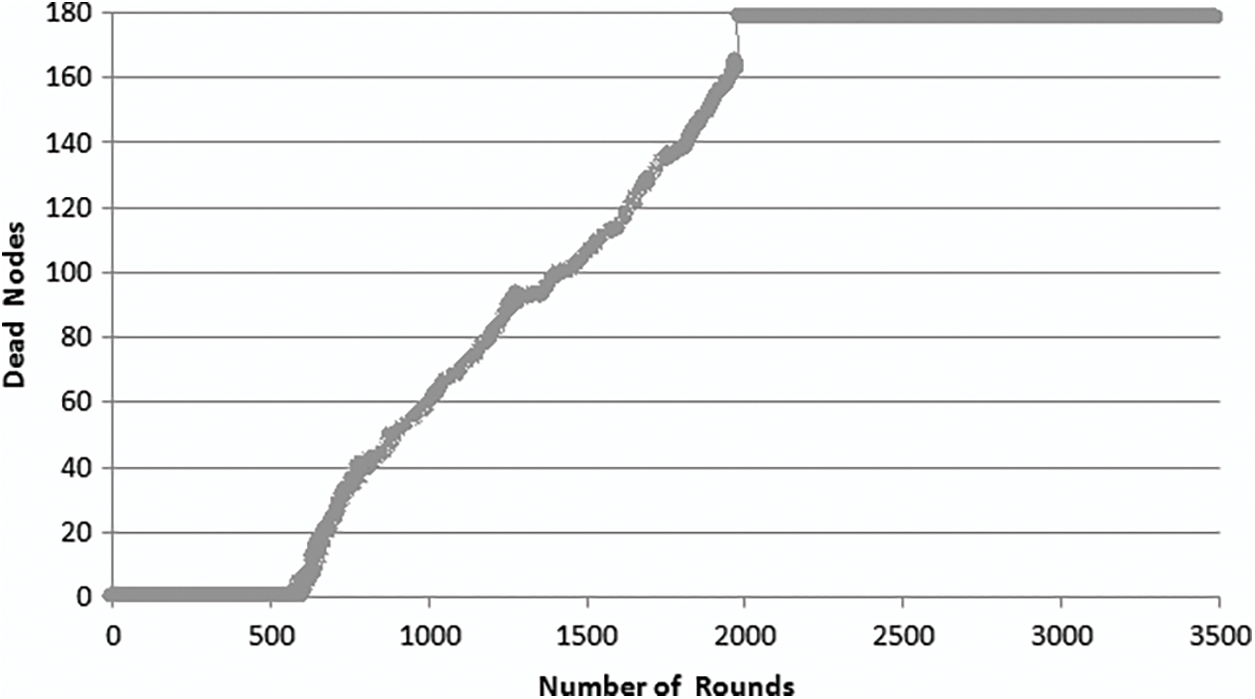
Figure 10: Number of dead nodes
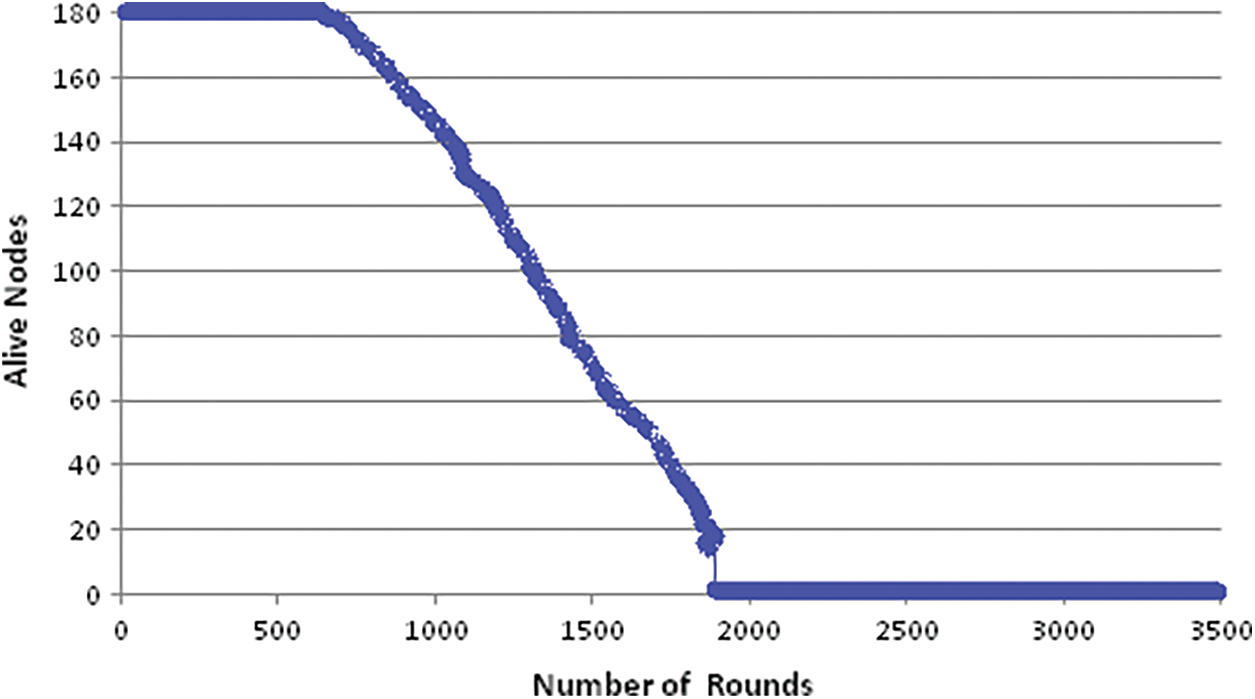
Figure 11: Number of survived nodes
There are 800 nodes alive in the Fig. 12, 700 nodes in the proposed scheme, and 170 nodes dead in the proposed scheme. Fig. 13 depicts the number of nodes that have survived in both schemes. Fig. 14 shows the results of packet delivery rate, where the proposed method achieves higher rate of PDR than existing method. Fig. 15 shows the throughput of network between existing and proposed method and the results show that the proposed method achieves higher rate of throughput than other methods.

Figure 12: Proposed vs. LEACH protocol comparission
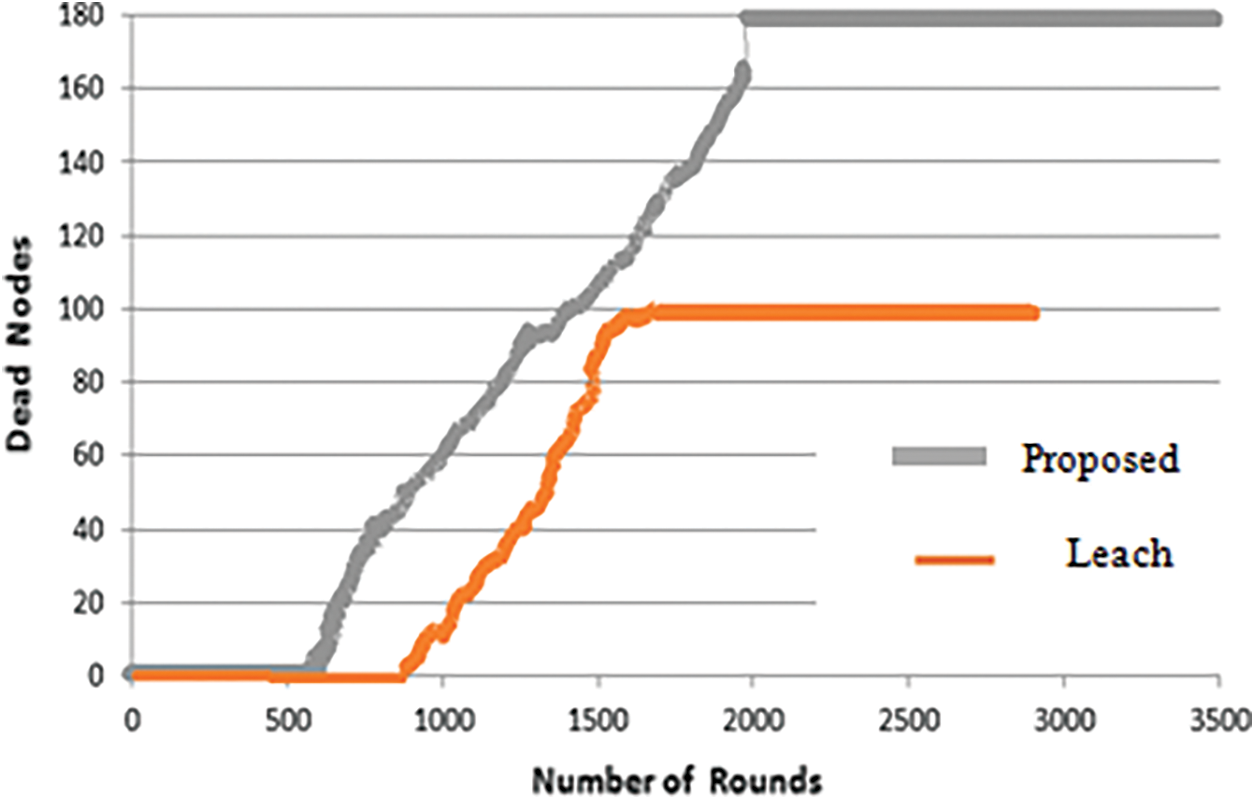
Figure 13: Alive node in compared with LEACH protocol
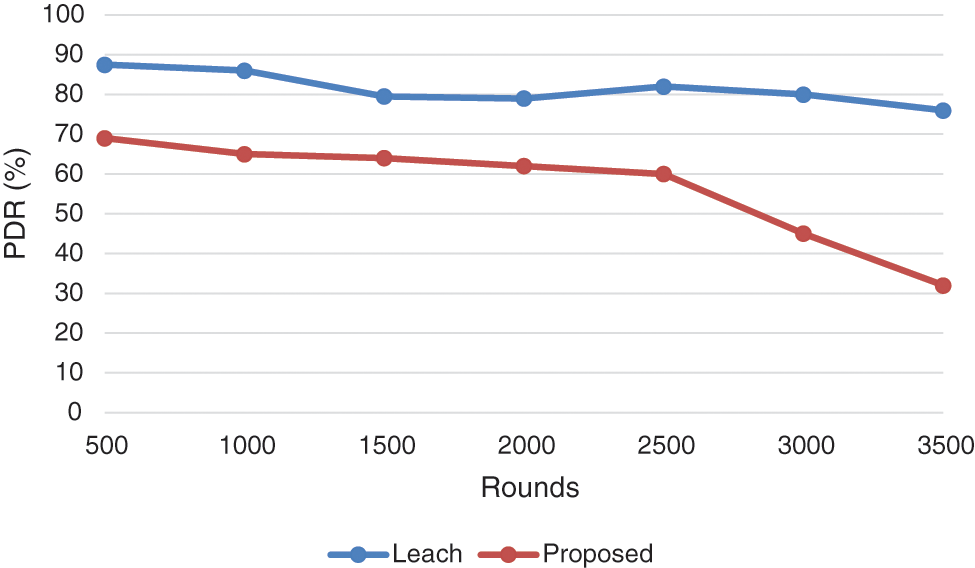
Figure 14: Packet delivery rate
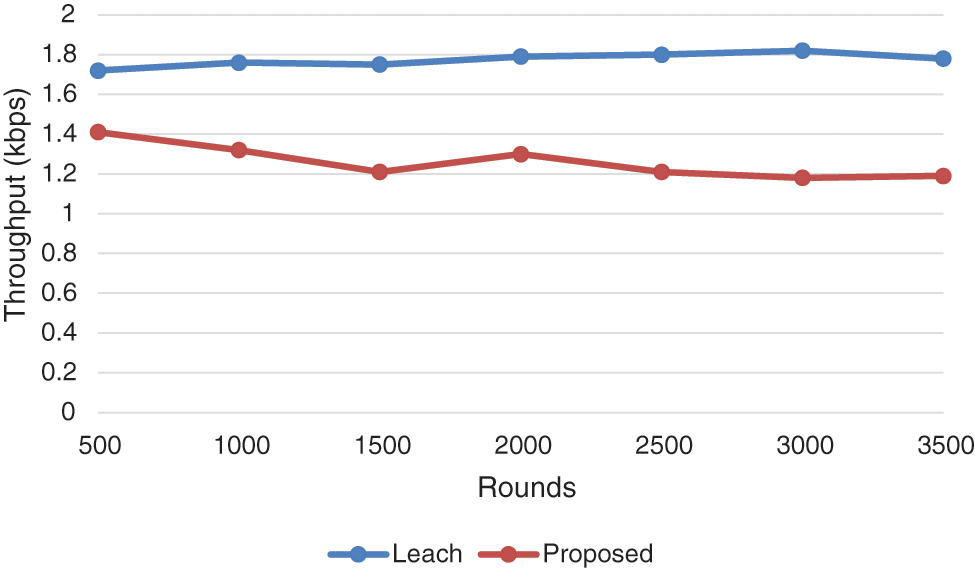
Figure 15: Throughput
In this paper, we develop a mechanism VGDRA that reduced communication costs by utilising Virtual Grid Transfer-Virtual Phase. The terminal for this transportable sink will remain in its current location, allowing the path to remain as straight as possible. We may design a virtual skeleton system together on the same grid. For the cell header area to include a phone number derived fully from the communication system, it must be actively rebuilt in order to save communication costs. The genetic algorithm and the VGDRA algorithm work together to extend the life of the network while using less energy. As a result of its dynamic load balancing technique, this method is more efficient than prior methods such as Low Energy Adaptive Clustering Hierarchy (LEACH). Using two separate areas and a number of nodes, the proposed method is able to produce high energy and a longer network lifetime. VGDRA sensor motes are too resource constrained to be used in real-time result evaluation.
Funding Statement: The authors received no specific funding for this study.
Conflicts of Interest: The authors declare that they have no conflicts of interest to report regarding the present study.
References
1. O. Eseosa and I. Kingsley, “World journal of engineering research and technology,” World Journal of Engineering, vol. 6, no. 2, pp. 23–38, 2020. [Google Scholar]
2. M. Ikonomakis, S. Kotsiantis and V. Tampakas, “Text classification using machine learning techniques,” Wseas Transactions on Computers, vol. 4, no. 8, pp. 966–974, 2005. [Google Scholar]
3. J. Gong, Z. Teng, Q. Teng, H. Zhang, L. Du et al., “Hierarchical graph transformer-based deep learning model for large-scale multi-label text classification,” IEEE Access, vol. 8, pp. 30885–30896, 2020. [Google Scholar]
4. C. Silva, U. Lotric, B. Ribeiro and A. Dobnikar, “Distributed text classification with an ensemble kernel-based learning approach,” IEEE Transactions on Systems, Man, and Cybernetics, Part C (Applications and Reviews), vol. 40, no. 3, pp. 287–297, 2010. [Google Scholar]
5. H. Huan, J. Yan, Y. Xie, Y. Chen, P. Li et al., “Feature-enhanced nonequilibrium bidirectional long short-term memory model for Chinese text classification,” IEEE Access, vol. 8, pp. 199629–199637, 2020. [Google Scholar]
6. V. Kuppili, M. Biswas, D. R. Edla, K. R. Prasad and J. S. Suri, “A mechanics-based similarity measure for text classification in machine learning paradigm,” IEEE Transactions on Emerging Topics in Computational Intelligence, vol. 4, no. 2, pp. 180–200, 2018. [Google Scholar]
7. S. Ahmad, M. Z. Asghar, F. M. Alotaibi and S. Khan, “Classification of poetry text into the emotional states using deep learning technique,” IEEE Access, vol. 8, pp. 73865–73878, 2020. [Google Scholar]
8. M. P. Akhter, Z. Jiangbin, I. R. Naqvi, M. Abdelmajeed, A. Mehmood et al., “Document-level text classification using single-layer multisize filters convolutional neural network,” IEEE Access, vol. 8, pp. 42689–42707, 2020. [Google Scholar]
9. H. Calvo, A. P. Rocha-Ramirez, M. A. Moreno-Armendáriz and C. A. Duchanoy, “Toward universal word sense disambiguation using deep neural networks,” IEEE Access, vol. 7, pp. 60264–60275, 2019. [Google Scholar]
10. Q. P. Nguyen, A. D. Vo, J. C. Shin and C. Y. Ock, “Effect of word sense disambiguation on neural machine translation: A case study in Korean,” IEEE Access, vol. 6, pp. 38512–38523, 2018. [Google Scholar]
11. Z. Q. Wang, X. Sun, D. X. Zhang and X. Li, “An optimal SVM-based text classification algorithm,” in Int. Conf. on Machine Learning and Cybernetics, Dalian, China, pp. 1378–1381, 2006. [Google Scholar]
12. Y. G. Lee, “A study on optimization of support vector machine classifier for word sense disambiguation,” Journal of Information Management, vol. 42, no. 2, pp. 193–210, 2011. [Google Scholar]
13. M. Awad and R. Khanna, “Support vector machines for classification,” in Efficient Learning Machines, Apress, Berkeley, pp. 39–66, 2015. [Google Scholar]
14. T. Banerjee, B. Xie, J. H. Jun and D. P. Agrawal, “Increasing lifetime of wireless sensor networks using controllable mobile cluster heads,” Wireless Communications and Mobile Computing, vol. 10, no. 3, pp. 313–336, 2010. [Google Scholar]
15. D. Whitley, “A genetic algorithm tutorial,” Statistics and Computing, vol. 4, no. 2, pp. 65–85, 1994. [Google Scholar]
Cite This Article
 Copyright © 2023 The Author(s). Published by Tech Science Press.
Copyright © 2023 The Author(s). Published by Tech Science Press.This work is licensed under a Creative Commons Attribution 4.0 International License , which permits unrestricted use, distribution, and reproduction in any medium, provided the original work is properly cited.


 Submit a Paper
Submit a Paper Propose a Special lssue
Propose a Special lssue View Full Text
View Full Text Download PDF
Download PDF Downloads
Downloads
 Citation Tools
Citation Tools